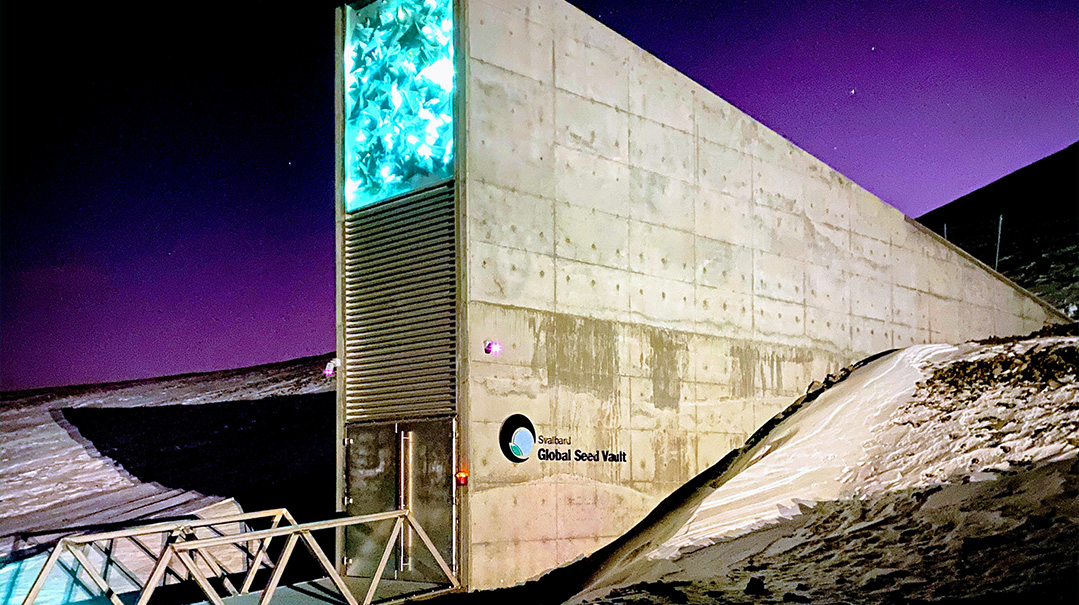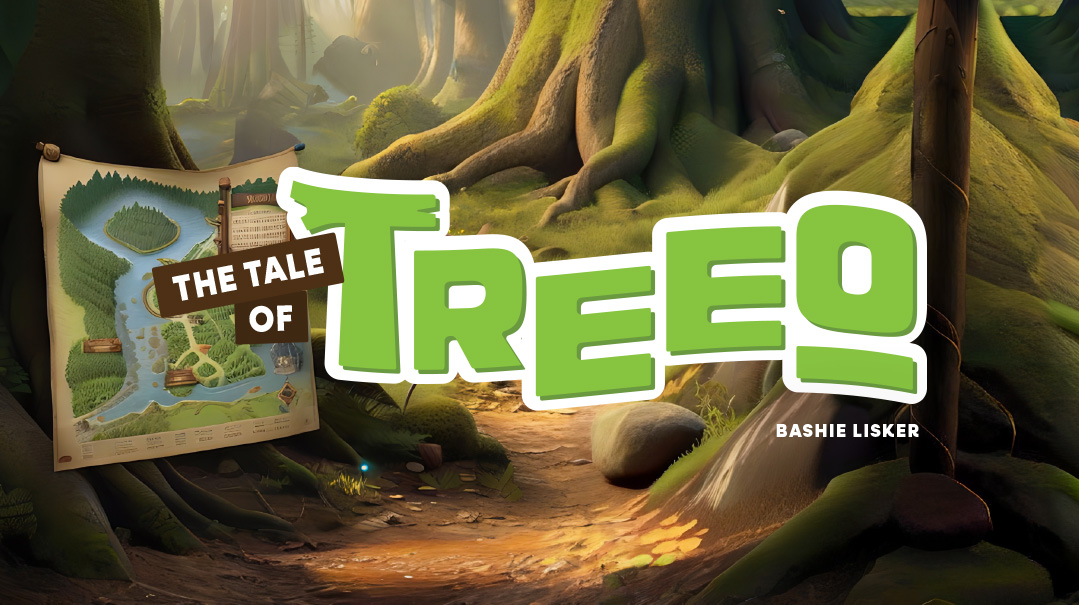The Seed Vault

There are thousands of crates, boxes and jars, all containing tiny treasures that scientists hope will save mankind in case of catastrophe

Photos: Crop Trust
From Syria to Svalbard
2012 – ICARDA Gene Bank, Tel Hadia, 20 miles south of Aleppo, Syria
The scientists at the gene bank were under a huge amount of pressure. The Syrian Civil War had broken out a year earlier, and bombs and gunfights had become the new norm. There was constant shelling, but the scientists got on with their work anyway. Now more than ever, their work was absolutely essential.
The International Center for Agricultural Research in the Dry Areas (ICARDA) operated a seed bank, or gene bank, in the Aleppo suburb of Tel Hadia. The gene bank collected seed samples from farmers across the Middle East. The purpose of the gene bank, also known as seed bank, was to be a safe place for the region’s seeds. If disaster would strike and destroy lots of crops and seeds, the seed bank could send farmers new seeds. With war raging, the place could be bombed at any moment. Clearly, the seed bank in Tel Hadia was no longer safe;. The scientists were working overtime to ship their seed collection to a safer location.
Mariana Yazbek, the gene bank manager, watched her colleagues handle glass vials and foil packets as they prepared their precious seeds for shipment to the Svalbard vault. They were packing any types of seed they could get their hands on, from chickpeas to lentils to alfalfa sprouts. Everything had to be carefully labeled and recorded. Their work here would have an impact for generations. The civil war had already destroyed too many fields and crops — seeds that would never again sprout. ICARDA’s job was to make sure that the region’s many varieties of seeds would survive any calamity.
The seeds that they were packing up were the future of the Middle East. Four years earlier, in 2008, the Svalbard seed bank had opened (read more about Svalbard further on). The ICARDA gene bank in Syria had been among the first of the hundreds of gene banks worldwide to make a deposit of seeds to Svalbard. Back then, they had sent seed samples as a precaution, never dreaming that they would one day be in desperate need of a place like Svalbard. A shell fell in the distance with a boom. Mariana was grateful that the seeds had a new home to go to, even if it was across the world. In the Svalbard vault in Norway, the seeds would be cared for and protected until they could be planted.
Mariana shook her head as yet another shell whizzed nearby. The fighting seemed to be getting worse by the day. Her gene bank couldn’t last out here in Syria for much longer.
Oops! We could not locate your form.






